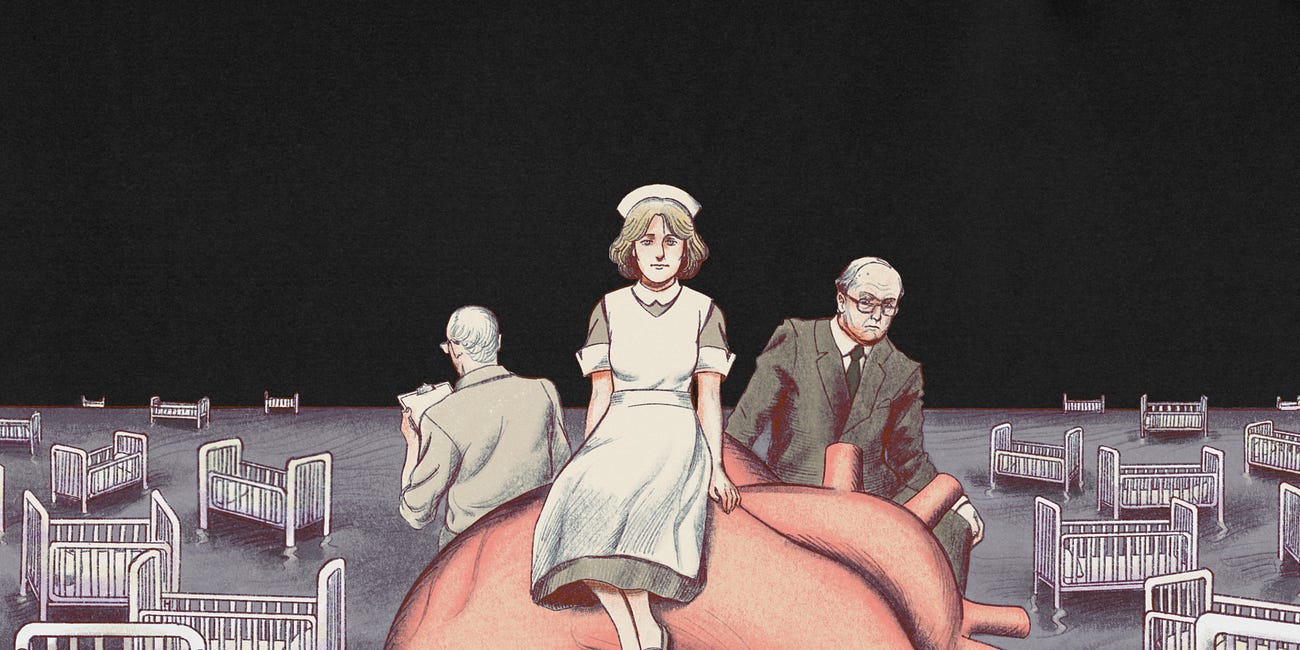Our Latest Mysterious True Crime Story
Years after dozens of infants died at a top children's hospital, one writer decided to investigate what happened. Had this been a mass murder or a tragic coincidence?
The day a new story publishes is always my favorite. It’s so exciting to finally get to share with the rest of the world the thing that’s been taking up so much space in our brains during the previous days, weeks and months. The thing, the story, that we know is so amazing that everyone needs to read it ASAP. The only down side? What if readers were busy or skipped checking their email the day it went out altogether and missed it? (I guess that’s why this concept has its own shorthand…) In case you are among our readers who missed this has-you-on-the-edge-of-your-seat story the first time, we’re re-sharing it with you now. AND, for one week only, we’re making it free for everyone. So, read it for the first time, re-read it (it really is that good) or send it to a friend you think would love it. No matter what, enjoy! And if you appreciate this piece, please consider becoming a paid subscriber to support this kind of in-depth, longform journalism.
Dozens of Infants Died Mysteriously at a Top Children’s Hospital—I Wanted to Know Why
Kevin Garnett was furious. He shouted and banged his fist against a wall inside Toronto’s Hospital for Sick Children, demanding to know why his son had died.
The boy, Kevin Pacsai, had been born just 25 days earlier with a head of dark hair like his 21-year-old father. His mother, Laurie Pacsai, also 21, thought her son was perfect. But Kevin’s heart had started to fail in his second week of life, and he had barely survived an episode of shock. His heart was structurally normal, but its conduction system seemed to be misfiring. Earlier that day, March 11, 1981, he had been transferred to the world-renowned hospital, known as SickKids.
Youngsters came from all over the globe to the imposing brick building, where doctors had invented techniques that revolutionized pediatric heart surgery. Cardiologists were venerated; they seemed to work miracles to prolong the lives of children born with faulty hearts. The previous spring, the hospital had unveiled a splashy renovation of its cardiac unit, which now stretched over wards 4A and 4B.
But since the summer, deaths on the cardiac unit had soared — 625 percent higher during the nine-month period between July 1980 and March 1981 than in the periods before and after, according to a later government analysis. Most of the deaths had happened overnight, when one of the eight nursing teams, headed by Phyllis Trayner, was on duty. By the fall of 1980, the five nurses had earned a nickname: “the jinx team.”



